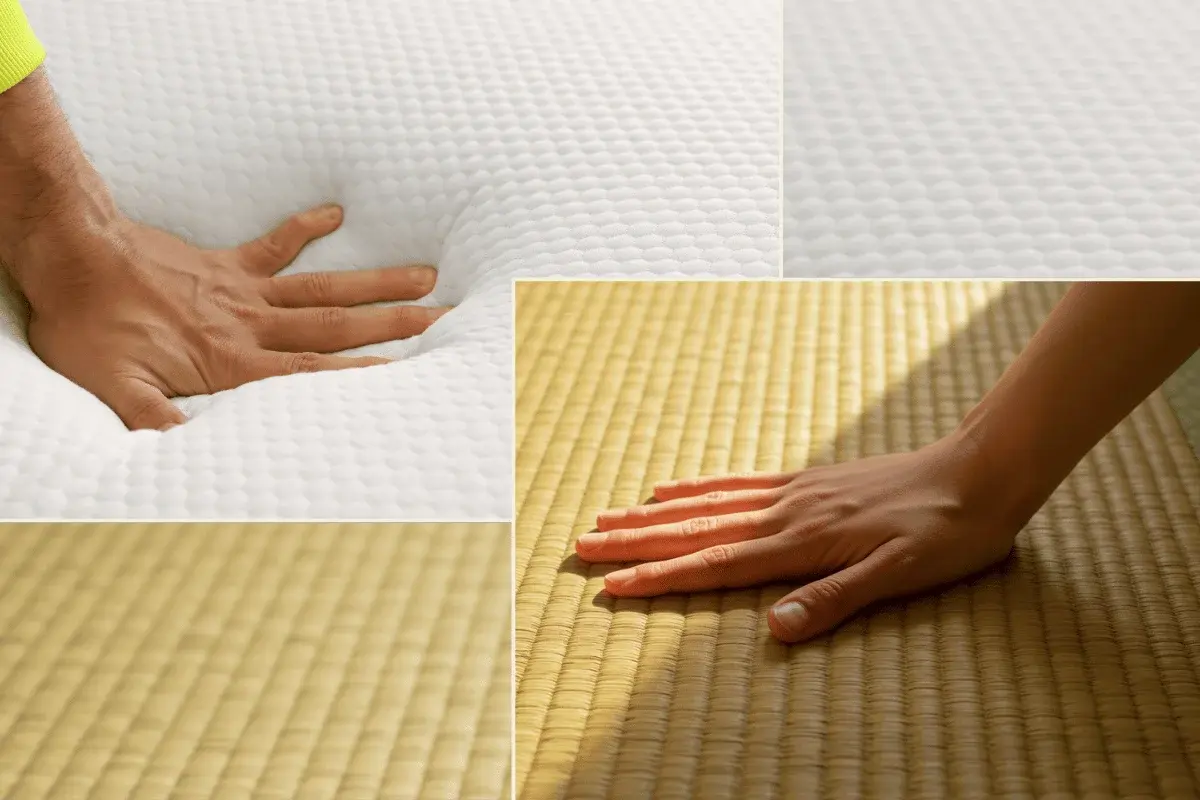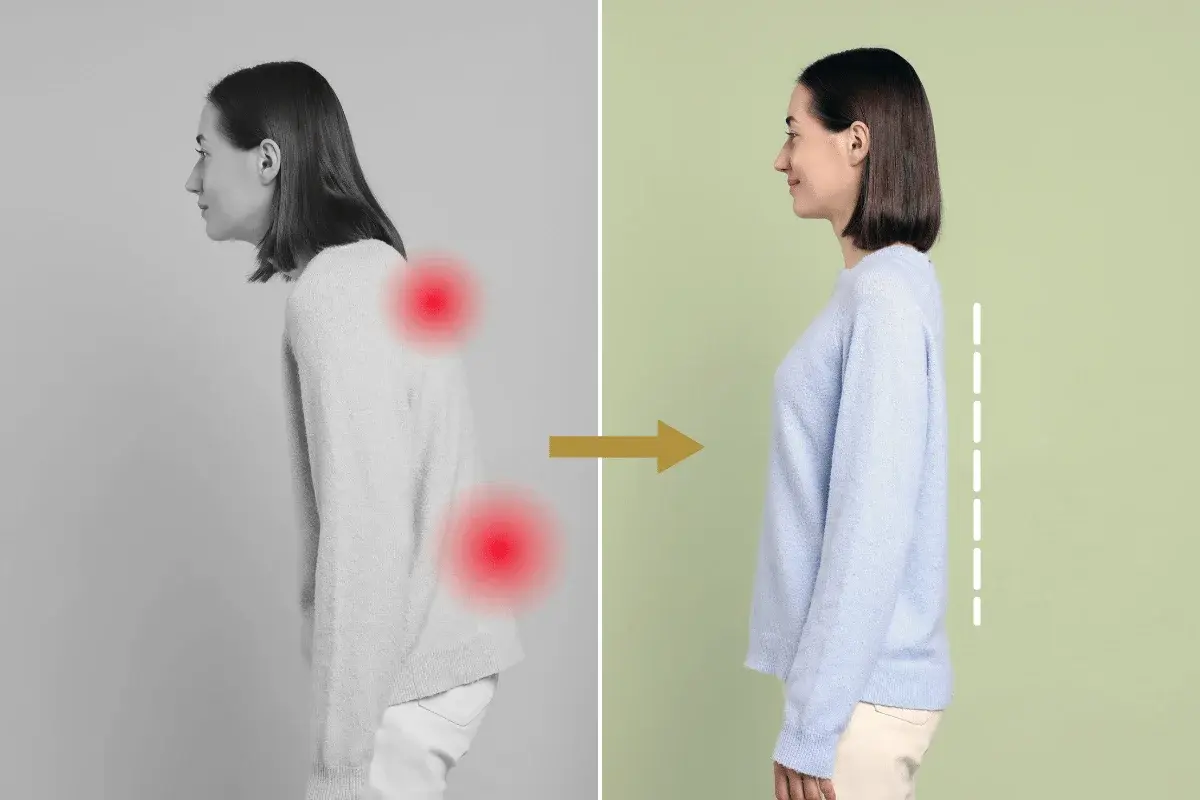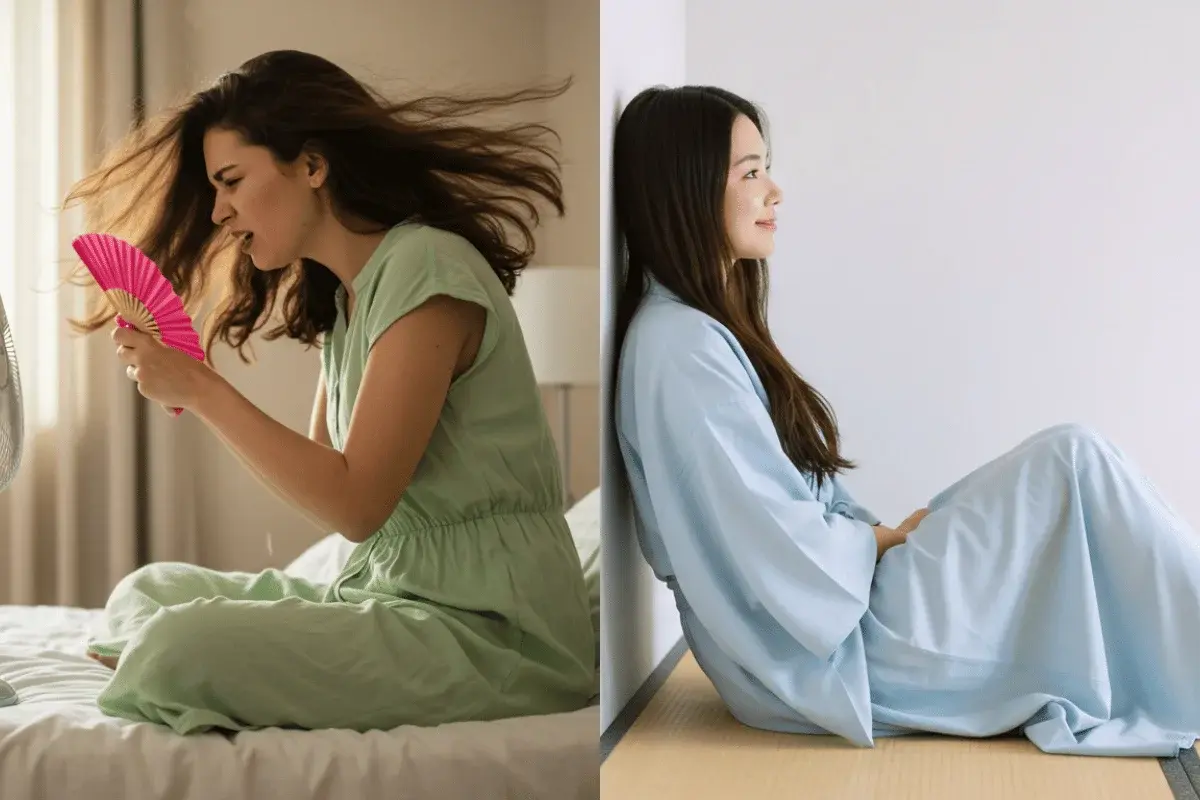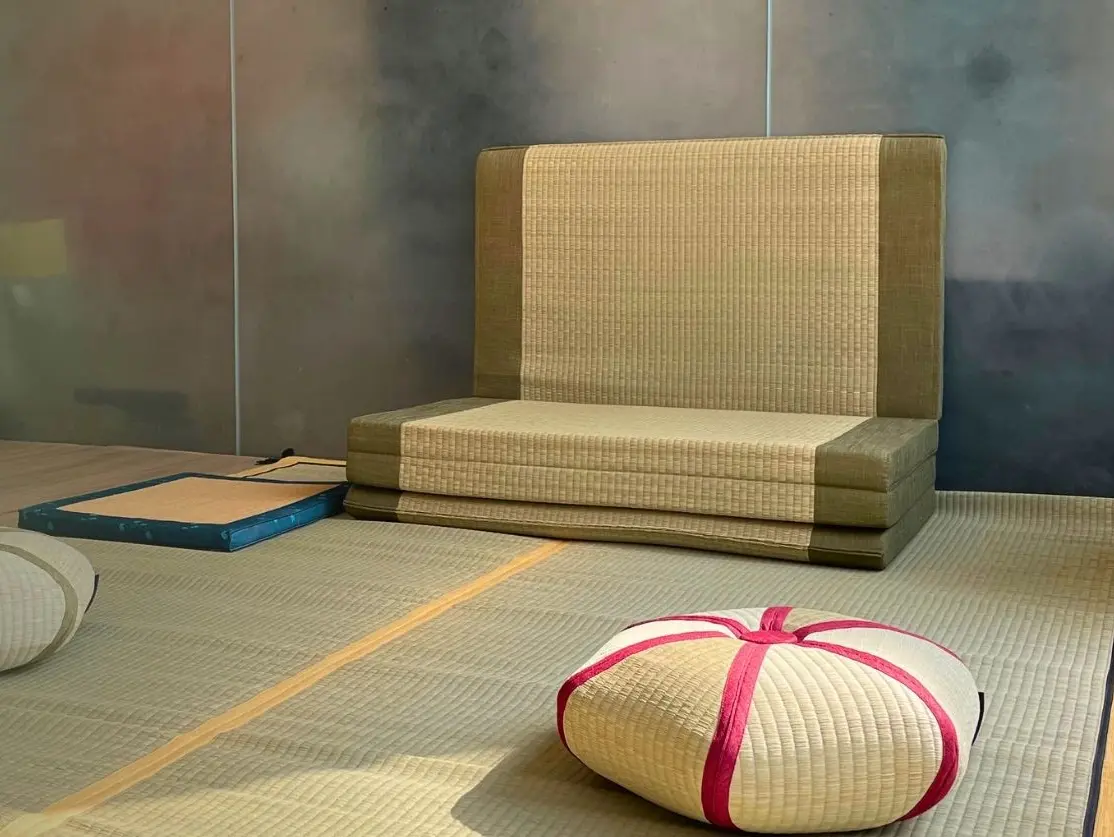When it comes to choosing a sleeping surface, comfort is often the deciding factor. While memory foam mattresses have gained popularity for their contouring capabilities and plush feel, Tatami mats—steeped in Japanese tradition—offer a unique approach to comfort rooted in minimalism and practicality. In this blog, we’ll delve into a detailed comfort comparison between Tatami mats and memory foam mattresses to help you make an informed decision.

1. Material Composition and Feel
Memory Foam Mattresses:
Memory foam is made from viscoelastic material, designed to mould to the contours of your body. This feature provides a sinking sensation that many people find cosy and supportive. The foam absorbs motion, making it an excellent choice for people who want to minimise disruptions caused by movement. However, for some sleepers, the sinking nature of memory foam can feel restrictive, especially for those who prefer a firmer sleeping surface.
Tatami Mats:
Tatami mats are crafted from natural materials like Igusa grass and rice straw, offering a firm and flat surface. This level of firmness promotes a grounded feel that encourages better posture and spinal alignment. While it lacks the plushness of memory foam, many users find the minimalistic comfort of Tatami mats refreshing and conducive to high-quality sleep.

2. Support and Spinal Alignment
Memory Foam Mattresses:
One of memory foam’s standout features is its ability to contour to the natural curve of the spine, which helps relieve pressure on the shoulders, hips, and lower back. However, if the mattress is too soft or lacks sufficient density, it can lead to misalignment over time, potentially exacerbating back pain.
Tatami Mats:
Tatami mats provide firm, uniform support that prevents the body from sinking. This firmness helps maintain proper spinal alignment throughout the night. People suffering from chronic back pain often report significant improvements after switching to a Tatami mat. While it may take time for some to adjust to the firmer surface, it can result in long-term benefits for overall posture and musculoskeletal health.

3. Temperature Regulation
Memory Foam Mattresses:
Memory foam mattresses are notorious for retaining heat. While some modern designs incorporate cooling gels or breathable layers, they may still feel warm in humid climates. This can make them uncomfortable for hot sleepers or individuals in warmer regions.
Tatami Mats:
Tatami mats excel in temperature regulation. The natural Igusa grass used in their construction wicks away moisture and allows for airflow, keeping the sleeping surface cool in summer and warm in winter. This breathability makes Tatami mats a preferred option for those seeking a sleeping surface that adapts to seasonal changes.

4. Sensory Experience and Lifestyle Fit
Memory Foam Mattresses:
The soft, cushioning nature of memory foam delivers a luxurious sensory experience that appeals to those who prioritise plush comfort. However, its bulk and size make it less suitable for small spaces or minimalist living.
Tatami Mats:
Tatami mats offer a unique sensory experience, blending simplicity with the subtle scent of natural grass, which can have calming effects. Their lightweight and portable design align well with a minimalist lifestyle, making them a versatile choice for multi-functional spaces.
Conclusion
The comfort comparison between Tatami mats and memory foam mattresses ultimately comes down to personal preferences and lifestyle needs. Memory foam provides a plush, contouring feel that suits those seeking indulgent softness. In contrast, Tatami mats offer firm, grounded support that promotes alignment and breathability. Whether you prioritise natural simplicity or modern cushioning, understanding these differences will guide you to the right sleeping surface for your comfort and well-being.
